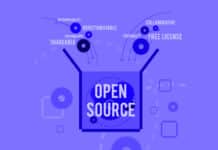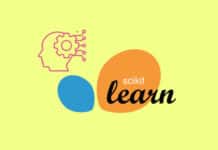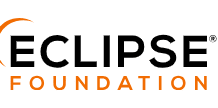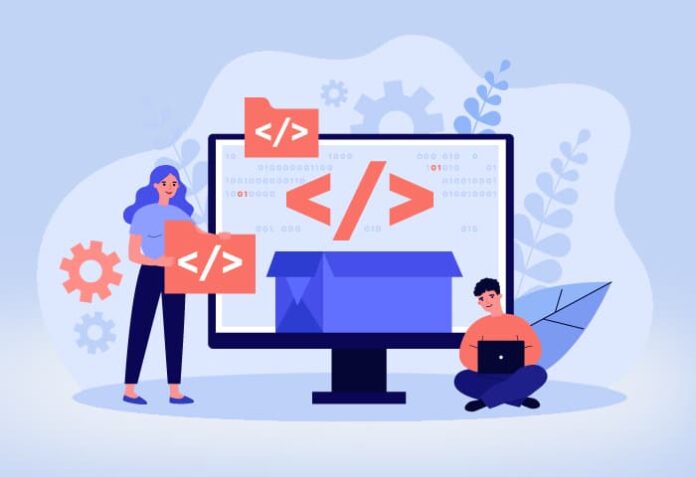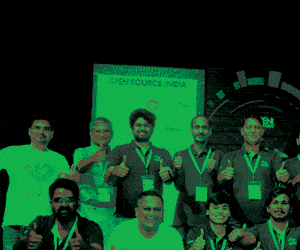Intel’s OpenVINO toolkit helps developers by streamlining code writing, freeing them to concentrate on other vital project aspects. AI Evangelist at Intel, Anisha Udayakumar, elucidates on OpenVINO’s versatility.
As its name implies, open source knows no bounds and extends even into proprietary hardware companies. Intel’s use of open source for model optimisation showcases its ability to nurture a wide array of products in the rapidly expanding field of artificial intelligence and machine learning. This approach has not only showcased the potential of open source but has also established a brilliant business model within a proprietary ecosystem.
With its open visual inference and neural network optimisation (OpenVINO) toolkit, tailored for developers, Intel trains computers to recognise patterns, quickly and accurately. Initially aimed at the computer vision market, this open sourced toolkit has expanded its versatility to optimise models to understand language or generate content (text or images) through artificial intelligence across various domains, including NLP, generative AI, and emerging large language models.
There is an abundance of open source toolkits in the field of deep learning and neural network optimisation. Whether it’s Facebook’s PyTorch for research, Keras for user-friendly applications, or Apache’s MXNet for unparalleled scalability, the question arises: What sets OpenVINO apart?
With its broad adaptability across various Intel hardware—processors, GPUs, and accelerators—OpenVINO stands out for its specialisation in computer vision and optimisation, making it a strong choice for certain applications. Consider the development of a prototype model for a camera that counts people in a queue, by placing a box around them. The possible delay in inference time can impact retail analytics effectiveness. An effective model with suitable hardware will enhance AI performance by reducing inference time, aiming for real-time results to improve business and operational efficiency. This can be achieved by streamlining the AI model, reducing unnecessary nodes in the deep learning model’s architecture, and focusing on essential components.
Developers can choose algorithms that either compromise on accuracy for faster performance or those that offer higher accuracy at the cost of speed, prioritising either based on business requirements.
Developers using the OpenVINO toolkit can run the same code across a spectrum of Intel devices, from CPUs to edge devices like Raspberry Pi or AI-enabled watches. The open source nature encourages broader participation in solving industrial challenges using proprietary hardware architecture, fostering a global community of developers addressing various use cases and problems. A remarkable business model, isn’t it!
Profiting from open source
Intel’s stance isn’t centred around monetising open source directly, like many other businesses. Instead, we encourage the use of open source tools, integrated into a hardware system, thereby creating a demand for purchasing necessary hardware, in this case Intel’s proprietary hardware. This approach caters to different needs—while some users might opt only for the open source components, others may prefer to leverage the entire ecosystem, making it a flexible model that accommodates a variety of preferences and requirements.
However, with time Intel hasn’t limited its flexible model just to proprietary chips. Since 2023, the chipmaker has optimised its models to run on ARM processors, extending to Apple’s Macs and other platforms as well, all along working to understand, learn, and evolve the product to enhance its performance. The goal is to make Intel’s open models compatible across various hardware platforms, which is not fully realised yet. At the outset, the focus is on Intel’s range of hardware, such as GPUs and CPUs, prioritising making the model run effectively on these devices and optimising performance, and gradually extending this capability to other devices as well.
While there is a possibility that, in the future, OpenVINO might be compatible with all hardware types, currently, there aren’t any immediate plans to extend OpenVINO across the entire hardware spectrum. It’s important to note that while the toolkit is open sourced, the model optimised by Intel may or may not be.
Depending on the type of model, if someone finds value in one of the licences, there is often a cost associated with maintaining quality. This cost comes with the need for different protocols and standards that are integrated into a system.
In the context of artificial intelligence, compliance regulations vary across different regions. For instance, in the European Union, GDPR is a major compliance factor that needs to be considered even before building an AI solution or addressing a problem statement with AI, making compliance incredibly crucial, especially when scaling up the open source software solution.
So, when should a business limit the involvement of open source in a product’s lifecycle? While open source has significantly contributed to the development and evolution of AI/ML and cloud technologies, fostered innovation, and problem-solving, determining the balance between contributing to the open source community and maintaining a competitive edge involves multiple approaches.
The decision to limit open source involvement depends on the product’s lifecycle. A developer can sense when a product is reaching its peak. Like any technology, each product has a saturation point. Currently, as AI is rapidly evolving, we don’t foresee reaching this point with OpenVINO anytime soon. However, it’s always a possibility. Ultimately, the decision is influenced by time and the direction the industry takes.
Open source is endlessly powerful because of the unpredictability and the breadth of innovation it fosters. With proprietary technology giants venturing into the fields of open source, a broader community of developers is now getting engaged in addressing the challenges, thus allowing them to tap into a wider pool of talent, while continuing to serve their primary customers. By providing open source software tools that complement their hardware, chipmakers can make their products more accessible and attractive to developers and businesses.




